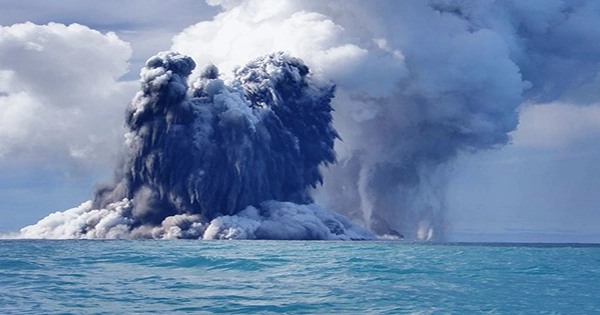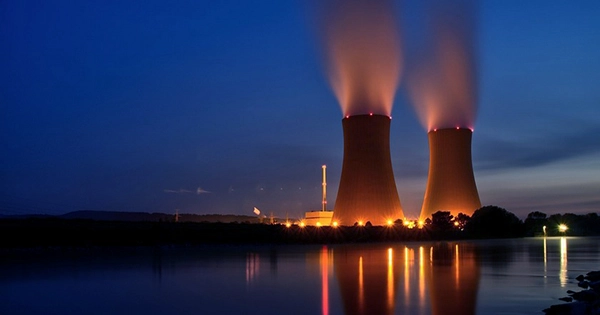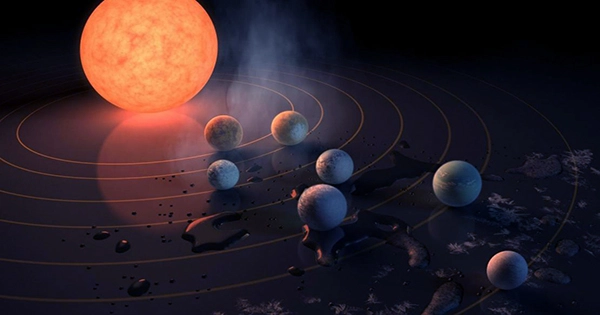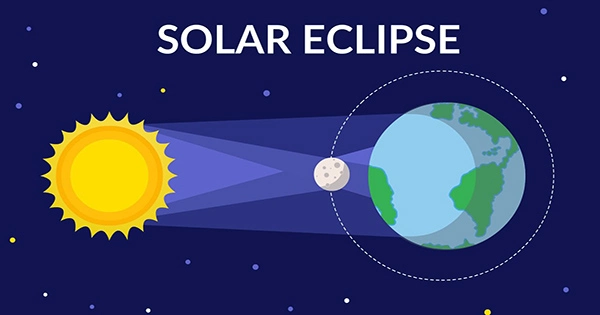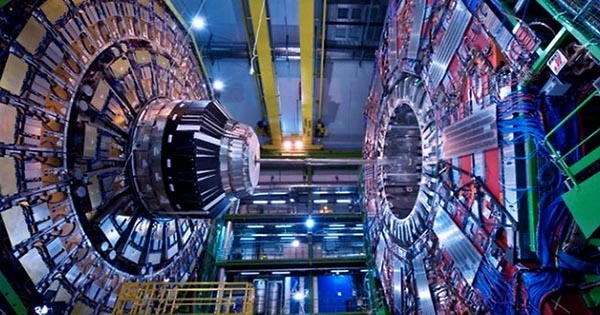Last month’s devastating Hunga Tonga-Hunga Ha’apai eruption in the Tongan Archipelago resulted in a catastrophic tsunami and a plume that reached 55 kilometers (34 miles) into the stratosphere. This massive eruption of ash offered ideal conditions for another natural occurrence: volcanic lightning. And this specific explosion set a new high. Over three days of activity, the eruption generated about 590,000 lighting strikes, according to Vaisala, a Finnish environmental technology company.
It produced 400,000 lightning strikes during the largest eruptive activity on January 15. In under five minutes, the company’s Global Lightning Detection Network (GLD360) recorded a peak of 25,508 lightning strikes. Reuters has generated a stunning statistical visualization of this rare occurrence.
When it comes to volcanic lighting, the Tonga eruption is undoubtedly an oddity, but it is not alone. As smoke and water vapor are vigorously propelled into the atmosphere, an electric charge accumulates, resulting in the development of lights. Mount Etna, Sicily’s enormous and active volcano, recently produced an electric storm during an eruption.
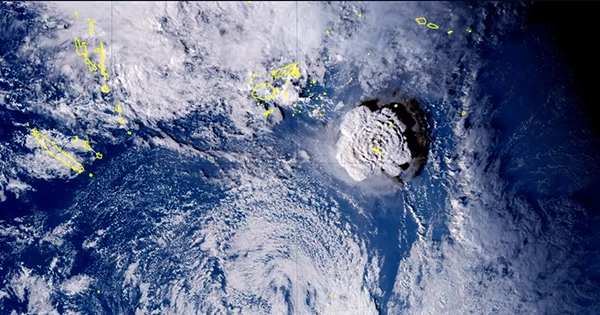
It’s unclear what made the Tonga eruption such a lightning powerhouse – it could have been a mix of its force (500 times that of the Hiroshima Atomic Bomb) and the fact that it erupted from beneath the sea, lifting a large amount of water into the atmosphere. The Hunga Tonga-Hunga Ha’apai eruption was the greatest in the twenty-first century, and the tsunami that followed claimed the lives of five people.
The enormity — and lethal implications — of last week’s Hunga Tonga-Hunga Ha’apai eruption are now being assessed, with scientists assessing the explosion’s strength, which satellites captured producing ripples in the atmosphere. The explosion had a radius of 260 kilometers (161.5 miles) and spewed ash 20 kilometers (12.4 miles) into the atmosphere, releasing tremendous amounts of energy, according to local officials.
According to NASA’s Goddard Space Flight Center’s head scientist James Garvin, the eruption released the equivalent of 10 megatons of TNT, making it one of the most powerful eruptions in the last 30 years. Mount Pinatubo in the Philippines erupted in June 1991, releasing almost 20 times more thermal energy than the Hunga Tonga-Hunga Ha’apai event.
